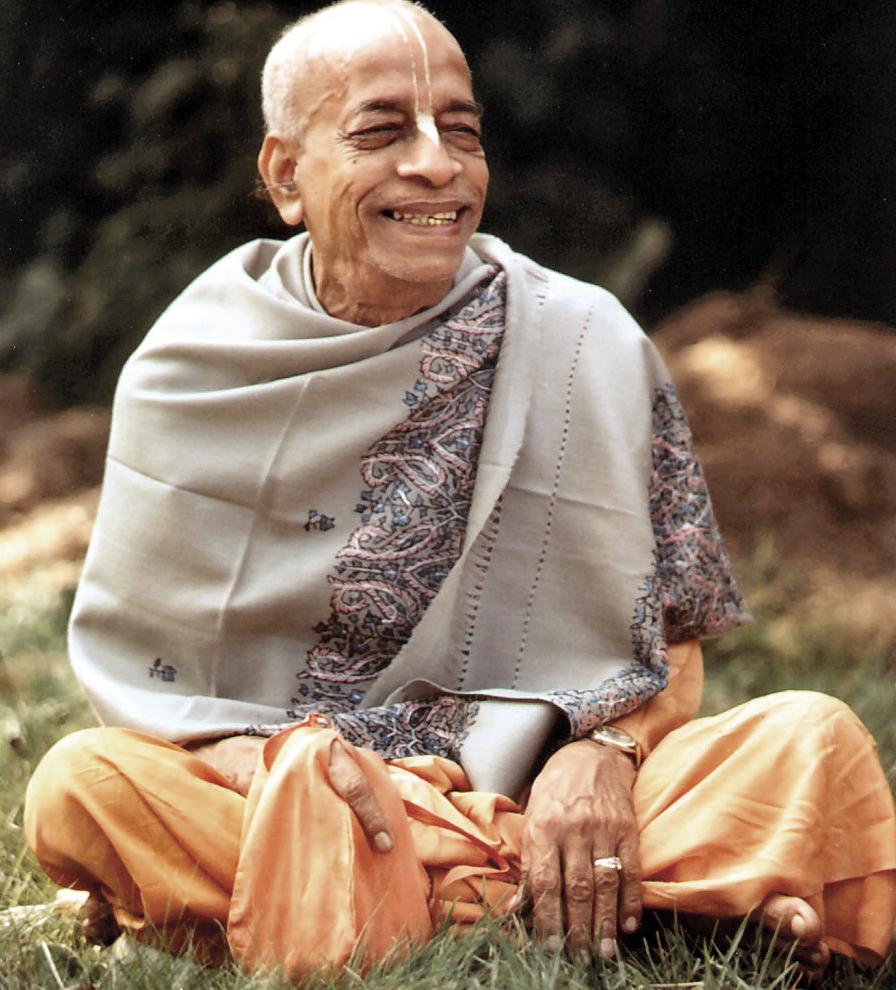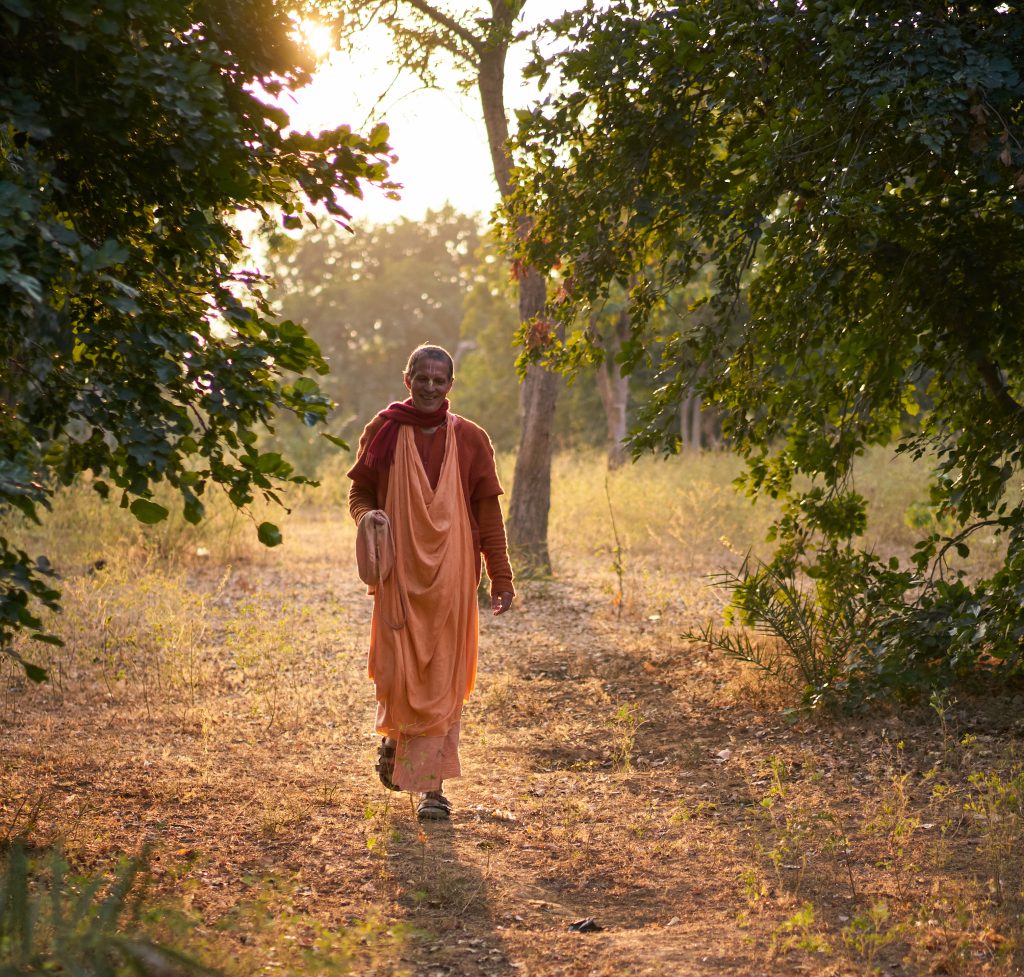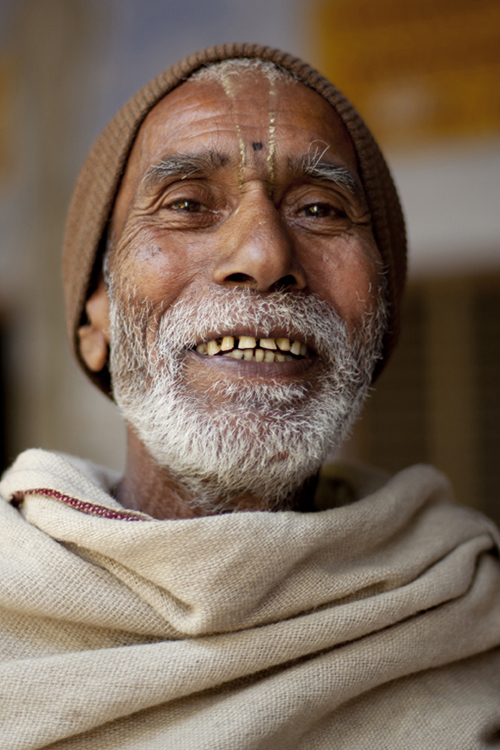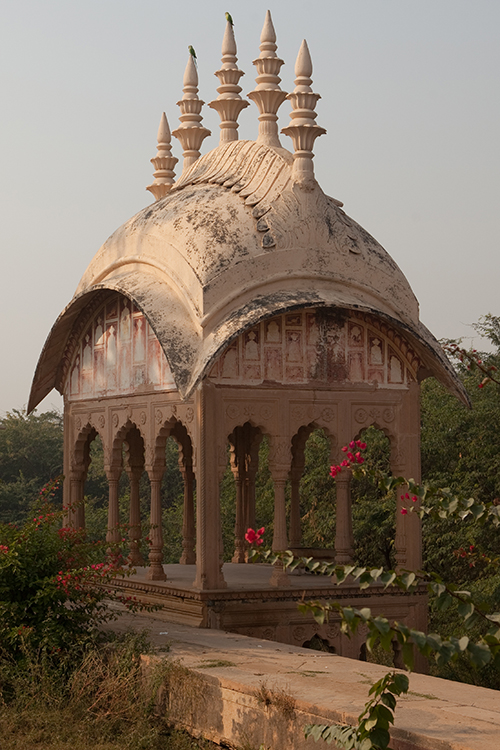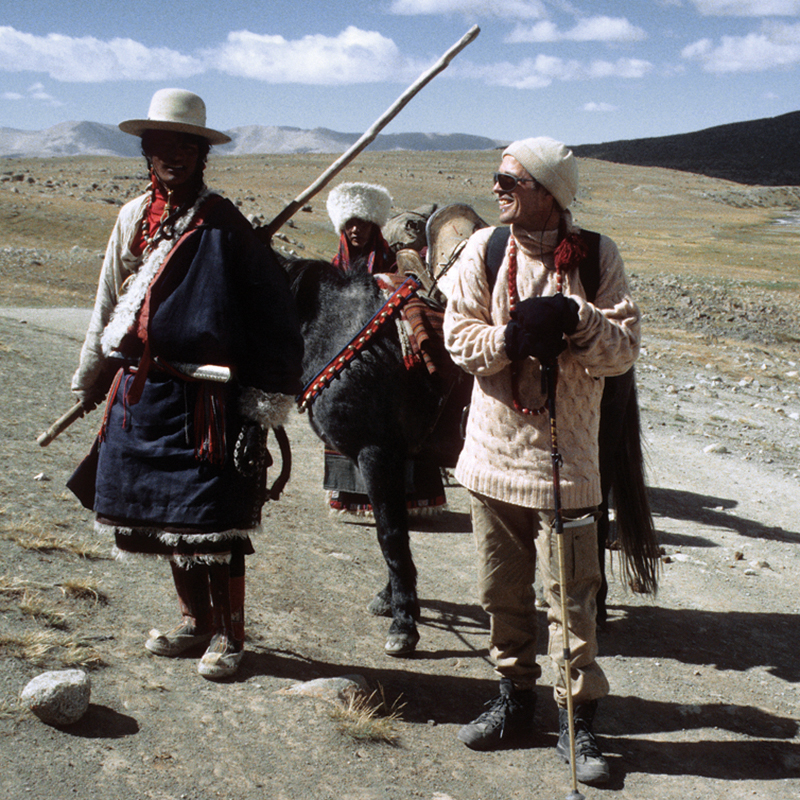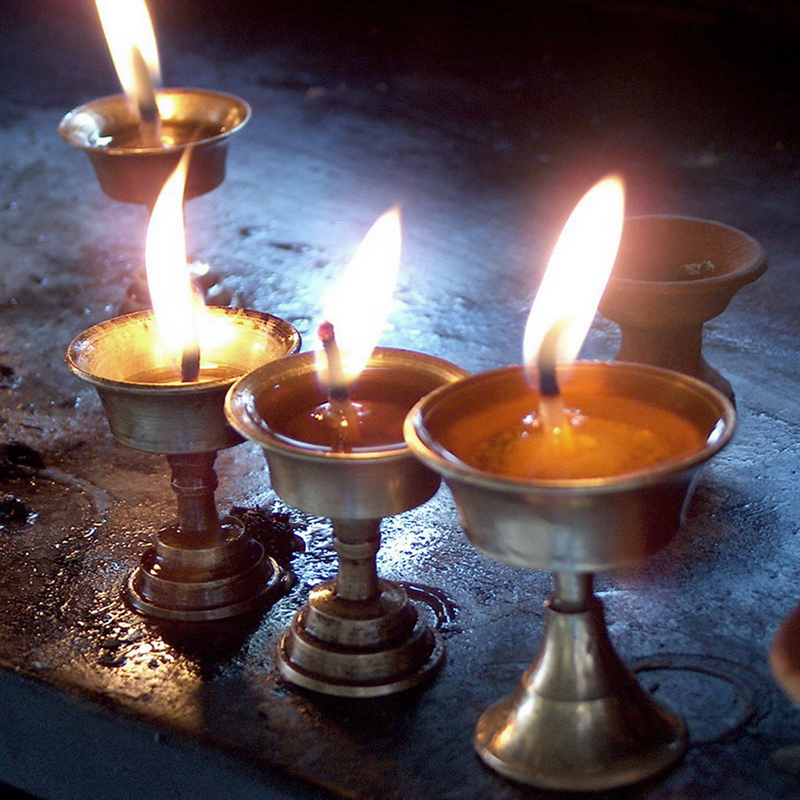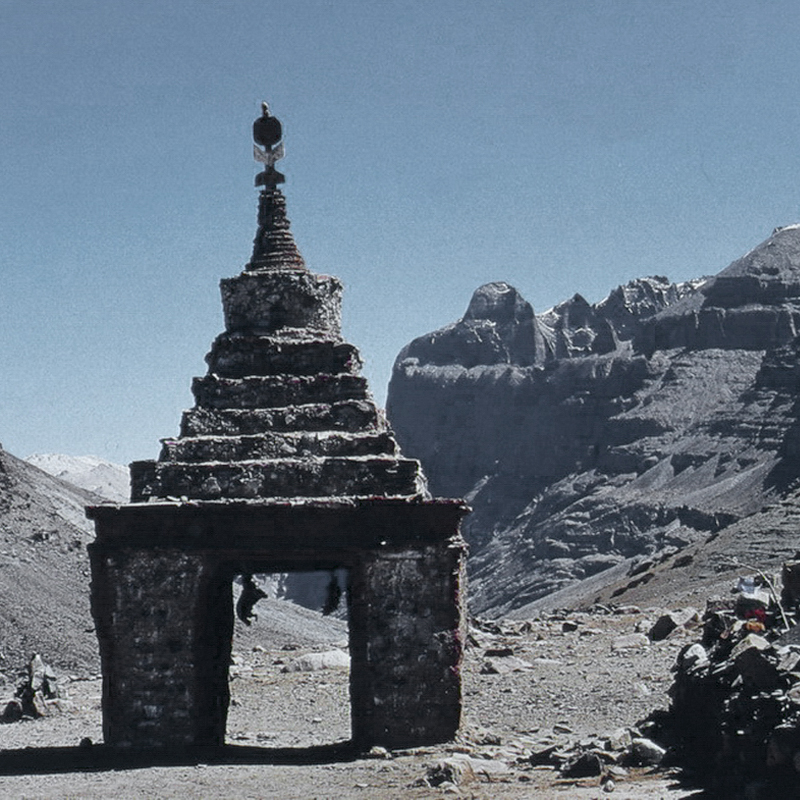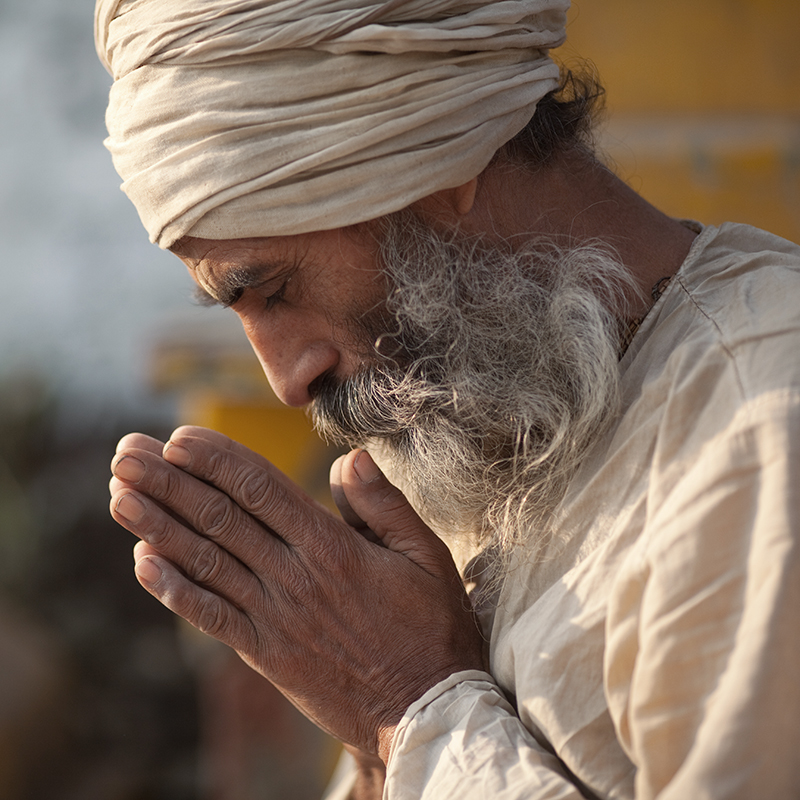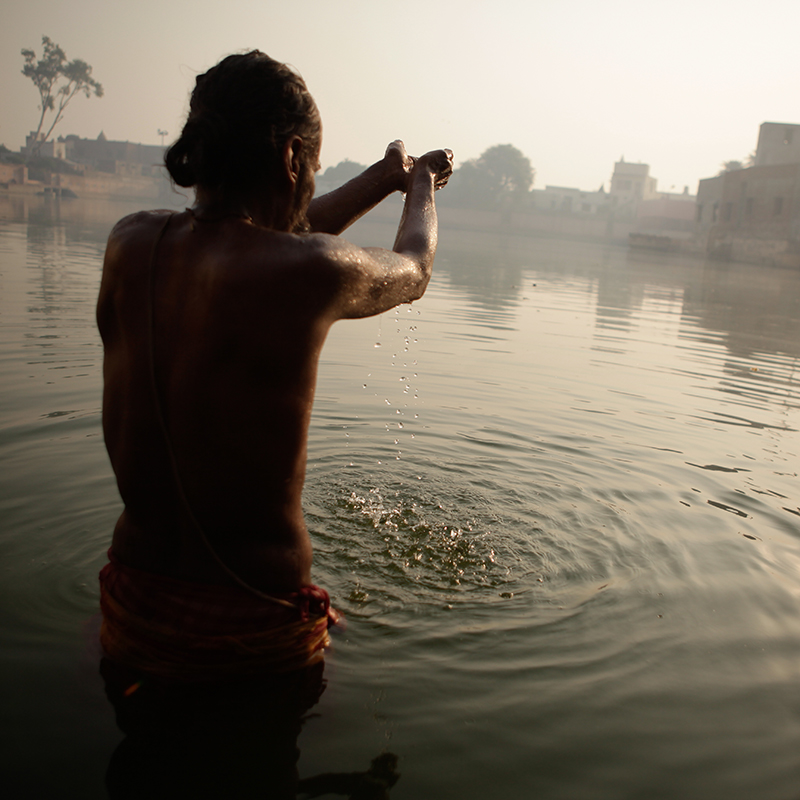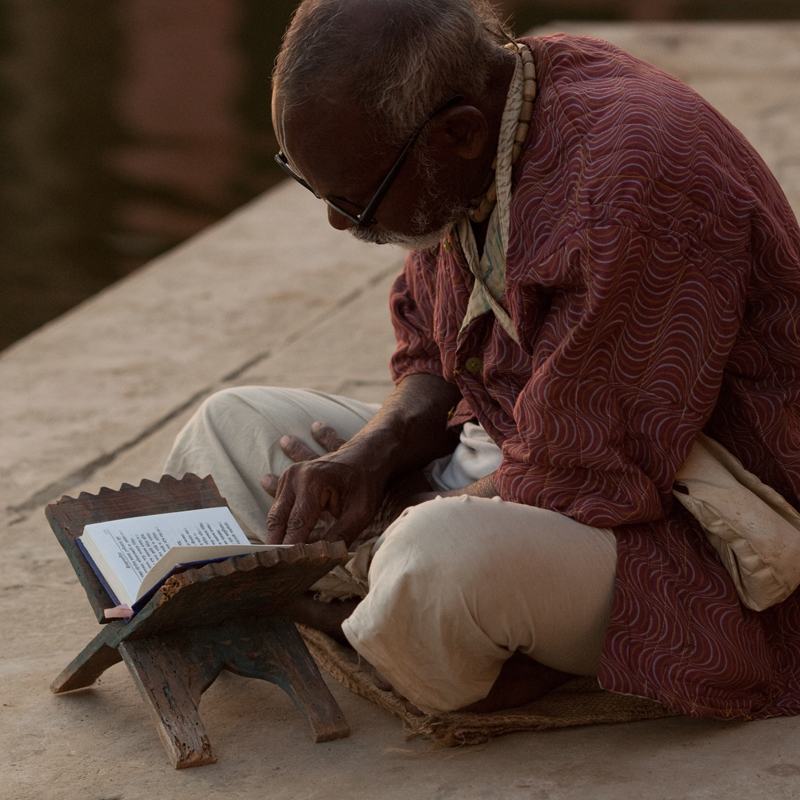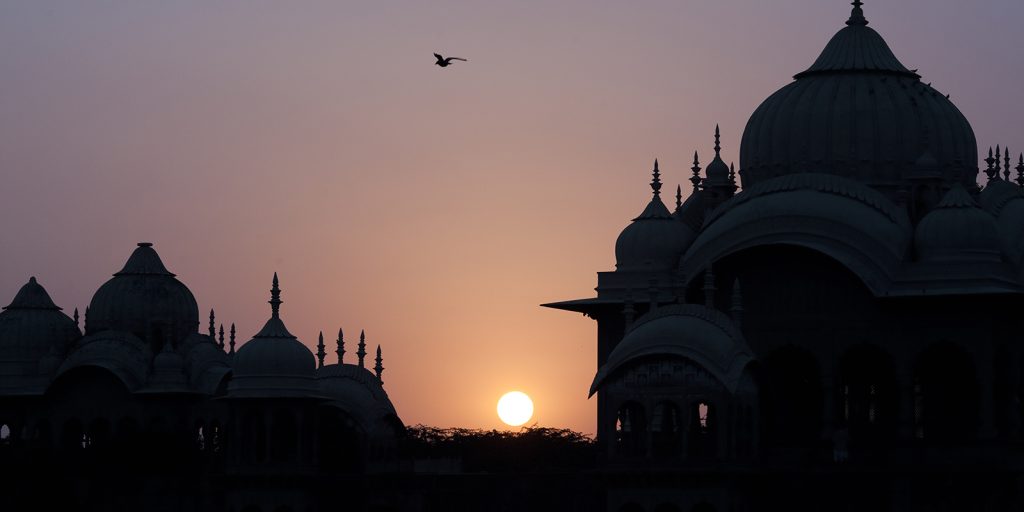“I would rather walk in the dark with God, than go alone in the light.”
M.G. Brainard
Since time immemorial holy places have always been focal points for pilgrims. Often they undertake long (and extremely strenuous) journeys to reinvigorate their faith at these places.
At a time when roads were not built as well as today, people of all faiths would set out and leave the comfort of their village to travel dangerous paths in order to reach a specific holy place. On the way, they encountered wild animals, raging rivers, and bandits who would steal their belongings. No matter how great the obstacles, pilgrims always thought their journey was life changing. Why?
To answer this question we have to consider what it is that makes a pilgrimage different from ordinary tracking. The answer is that pilgrimage is not just a physical journey to a special place – but also an inner spiritual journey towards God.
• Sacred Longing
• Following the Inner Call
• Preparations for Leaving
• Departure
• Traveling the Pilgrims Path
• The Return
Sacred Longing
Just like our body is hungry for food our soul is hungry for meaning. In our ordinary life this meaning often escapes us. We don’t commonly live our life out and fully. We don’t inspire and expire fully and entirely enough. Nor do we fill all the pores of our body with blood. Most of us live just a fraction of their life and realize tiny bits of their opportunities.
Real life means to have a task, something you can devote your entire life to, something you bring everything to – every minute of your day for your whole life. And the most important thing is it must be something you cannot possibly do alone. If it is a real mission, which goes beyond providing for one’s physical necessities, it is something where you need divine empowerment. For projects like self- and God-realization we all need divine help.
When one goes on a pilgrimage one tries to become rejuvenated spiritually. One wants to connect with the Lord and bring something of Him into our three-dimensional life. A pilgrim is in search for a vision, for that which is most important. He desires to return to the spiritual center of life.
For each of us, there comes a time in our life when there is nothing more important than the yearning of the soul and a pilgrimage gives us an opportunity to connect to this sacred dimension. In each of us dwells a pilgrim. It is that part in us that longs to have direct contact with the Lord.
Have you heard the inner call? If yes, it is time for you to go on pilgrimage.
Following the Inner Call
Once a friend said to me: “The longest and most blissful journey in your life is the journey ‘inside’ which begins when one has chosen to follow one’s inner calling.”
Long ago I wrote into my personal diary an entry, which best expresses what I mean with following the inner call: “There comes a time for each of us when everything seems superfluous except the longing of our soul to find its own true path.”
When you follow this inner calling doors will open where there were no doors before. But you need to be bold to cross the threshold to the sacred dimension.
Remain open
A pilgrim is a person who wants to make an experience for himself. He does not want to have it handed over to him by another. For this to happen he has to remain curious and open.
Once I was making a pilgrimage to Mount Kailash and on the way I met many Buddhist monks. When my translator told me how they greeted me I was delighted. They usually asked, “To which sublime tradition, revered sir, do you belong?”
These are some good questions for a pilgrim when he arrives at a holy place:
- “Who are the local saints and where can I find them?”
- “Where is the oldest temple here?”
- “What ceremonies are done here and when can I observe them?”
- “What other sacred places are near?”
If openness and curiosity disappear from the heart of a pilgrim he might miss many opportunities to learn.
Here is a secret: Often God chooses to speak through people and persons we least expect.
Dealing with obstacles
When one goes on pilgrimage it is possible that different kinds of obstacles appear before one’s eyes. Sometimes there are physical obstacles. I remember once when going to Badrinath high in the Himalayas, there were landslides that had covered our road and which forced us to take other roads or in some cases wait for a day before the people had cleared the rocks and earth. One time the road became impassible for many weeks and we had to take our luggage from our jeep and with the help of porters climb over the landslide. It was a walk which took many hours and took us through deep jungles and over mountain tops. When we arrived at the other side of the landslide we phoned for another jeep and continued our journey. I remember that I did not feel at all inconvenienced – in fact I had grown by overcoming these obstacles.
Later I heard how the Dalai Lama had said: “If you utilize obstacles properly, then they strengthen your courage, and they also give you more intelligence and more wisdom. But if you react to obstacles in the ‘wrong way’ you will feel discouraged and a sense of failure and depression will overcome you.“
In Persia people used to express this in these words: “If fate throws a knife at you, you can either catch it by the blade or the handle.” In other words according to your perspective an obstacle can either be a terrible disadvantage or a good opportunity.
When we deal with obstacles on pilgrimage and we allow anger, discouragement, etc. enter our mind we might not learn the lesson which the Lord has kindly put before us in the disguise of an obstacle. These immature reactions can be like disturbing grains of sand in your shoes. There is an old Arabian proverb, which says it so well: “It’s not the road ahead that wears you out, it’s the grain of sand in your shoe.”
When you go on pilgrimage, you leave the ordinary life behind. The many duties, the complex relationships and the demands placed on us are becoming distant as we undertake our pilgrimage. And because the pilgrim absorbs his mind with the Lord and often has spiritual experiences, he develops a new perspective to the challenges in life – he opens himself up for a new vision. A good example of what happens is found in the life of South American eagles.
Learning from the Eagles
There is a certain species of eagles that in the midst of their life face a dramatic choice: will they go on as usual and die – or will they change and live another 30 years.
Those who opt for the second choice go on a very special journey with a difficult mission. Completely alone, they fly to the high mountains. There, in a painful process, they grind down their beak and talons, which have grown too long, and tear out all the surplus feathers. They can only survive the second half of their lives when they divest themselves of all that is not necessary. Otherwise, they die because of themselves.
The eagle has to invest trust in this process. The talons and beak are necessary for him to catch prey and defend himself. The feathers are needed to fly and keep warm. But by being convinced of the dire necessity and by his will to live on, the king of the sky lays down his armor and his beautiful dress, knowing well that they do not serve, but kill him. When he undertakes that journey, he concentrates on what is essential – his true life – and in this way finds himself a new horizon. In many ways, his journey resembles a pilgrimage.
When you go on the journey you have to decide what you will bring with you and what you will leave behind. Similarly when you go on a sacred journey – pilgrimage – you need to decide what goes into your travel bag and what you leave behind. What books will help you spiritually, what clothes are best suited for visiting the holy places, and most important how can you prepare while you are still in your old environment. Take what is helpful and leave what is unnecessary.
Often this exercise gives you a clue to distinguish between what is essential in life and what is not needed. It is certainly advisable to start already living more spiritually before the journey because you need to sharpen your spiritual sense of perception. The French scientist Louis Pasteur said: “In the fields of observation chance favors only the prepared mind.” This also holds true for sacred pilgrimage.
Preparation to Leave
The difference between a pilgrim and a tourist lies in his intention. The pilgrim wishes to go to the spiritual center of each place. Mere “sight-seeing” only give superficial results. Sightseeing is eye deep – pilgrimage has to be soul deep.
Just like an archer takes aim and then brings his arrow into the midst of the circle, the pilgrim has one purpose only. A purpose, which he follows without wasting time and attention with any distractions: He wants to contact the Lord, make an offering to Him and then ask a question.
The Departure
In order to go with a peaceful mind on pilgrimage it is good if the pilgrim disconnects from his tasks and responsibilities at home by putting all in order. Otherwise the unresolved issues in his life will follow him on pilgrimage. Of course this can often only be done partially Some issues of one‘s life need to be “parked” before one goes on pilgrimage and be taken care of when one returns with hopefully a new perspective. But generally speaking, it is good if one breaks the rhythm of what one does at home otherwise one will be so encumbered by ones responsibilities and relationships that one may not be able to move ahead spiritually.
There is an old Hassidic advise for a pilgrim: “Carefully observe the way your heart pulls you and then choose that way with all your strength.”
A pilgrim has to cross a threshold to the unknown. A threshold usually is a stone slab in the main doorway that prevents water or mud flowing into the house. There is also a threshold, which separates the known world from the unknown. In the spiritual tradition of the Vedas this threshold is the separation between the material and the spiritual dimension. It can be crossed only if one elevates his consciousness from the apparent to the spiritual level.
Whether you go to a sacred island in the Pacific or in the Aegean Sea in Greece, whether you take one of the 6000 pilgrimage roads in Europe or go to one of the 8000 holy places of India, it is not so much what you do – it is all about the consciousness in which you do it. It is this consciousness, which determines whether your journey will be an external one or an inner one – a journey which takes you to the soul and God.
Because of our materialistic times we usually don’t look but overlook. We don’t hear but overhear. A pilgrimage is a chance to fine-tune our antennas and then receive a transmission of that spiritual reality which has the power to transform our lives and awaken our spiritual awareness. And for that finetuning to happen you need to free your consciousness by detaching yourself from the “Tyranny of the 1000 urgent things.”
Activities That Help a Pilgrim Stay in Spiritual Consciousness
A pilgrim cannot afford to waste his time just wandering about and seeing through material eyes. No, he wishes to approach the Lord and become sensitive to the many signs Krishna places before him. Therefore, he sharpens his perception by:
- singing spiritual songs,
- reading holy scriptures,
- contacting the saintly people who live in a holy place and ask them to talk about Krishna or the place,
- bathing in the holy water,
- celebrating small ceremonies, like offering flowers and incense to the Deities he visits,
- meditating,
- writing journals or letters,
- praying at the holy shrines, and
- bowing down.
Visiting a spiritual place does not just mean to place one’s feet there. No, it implies making a connection in one’s consciousness. A pilgrim, therefore, asks a few questions and patiently waits for answers:
- What is the true meaning and purpose of my life at this stage?
- What is it that I need to change?
- Please, show me my next steps.
To derive the full benefit of pilgrimage, it is good to learn the art of pilgrimage from those who have perfected it.
